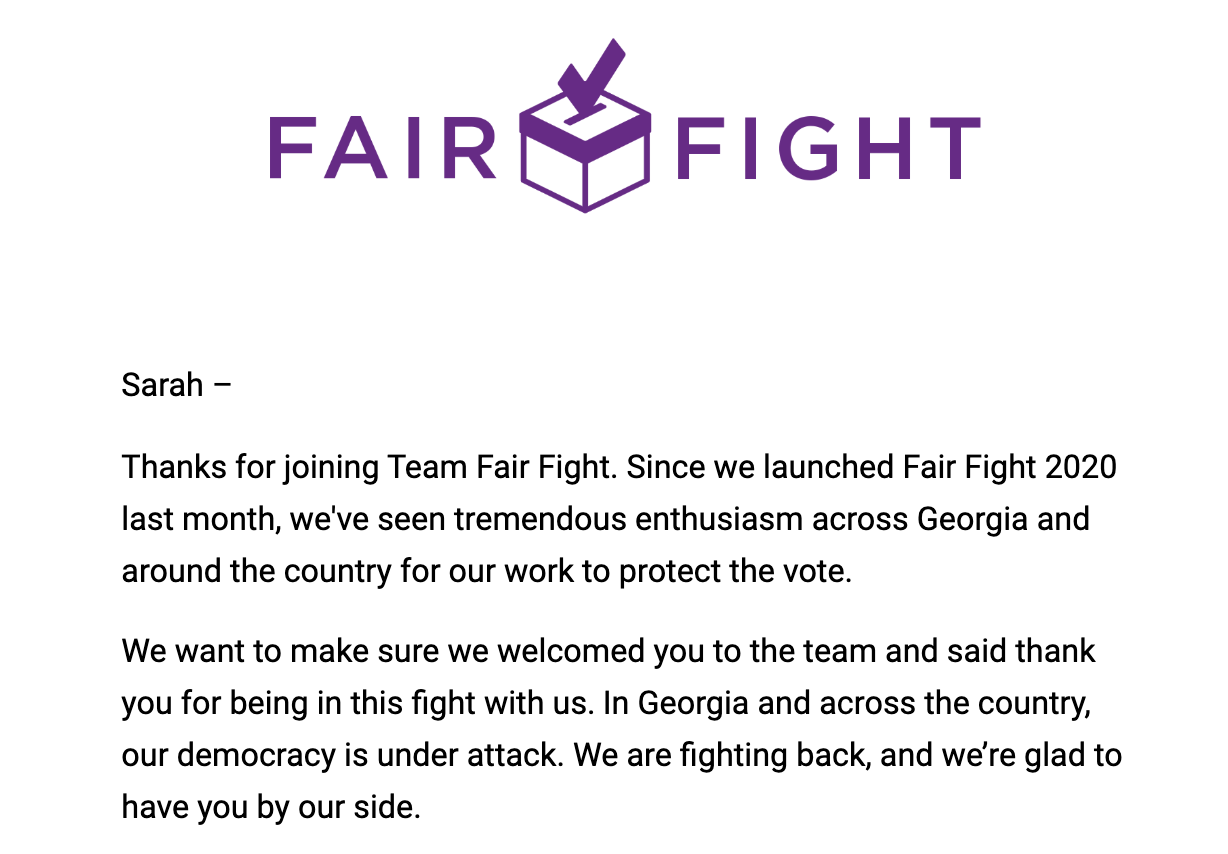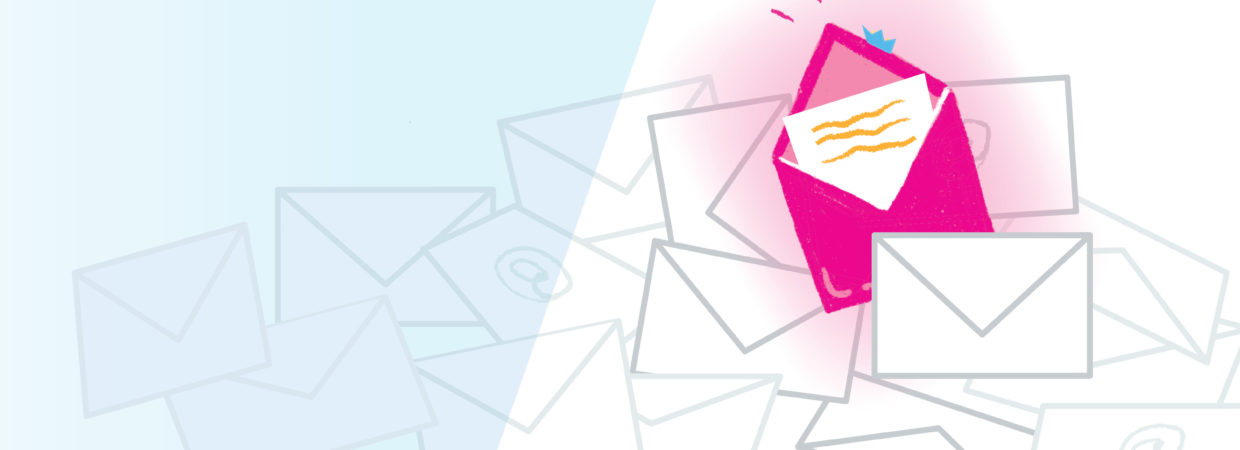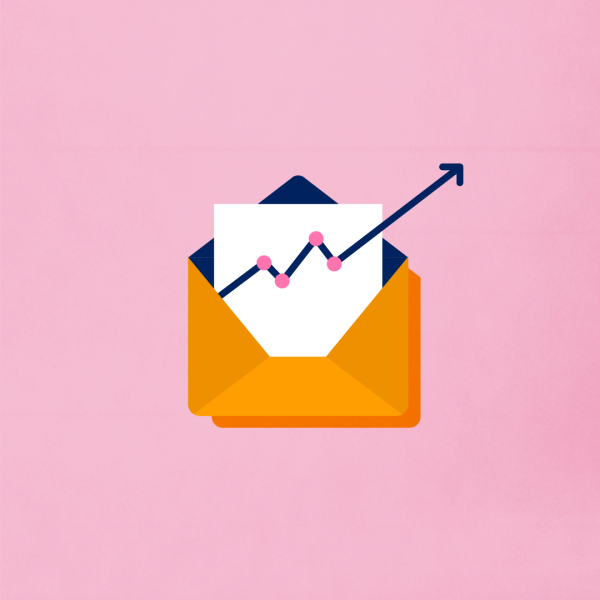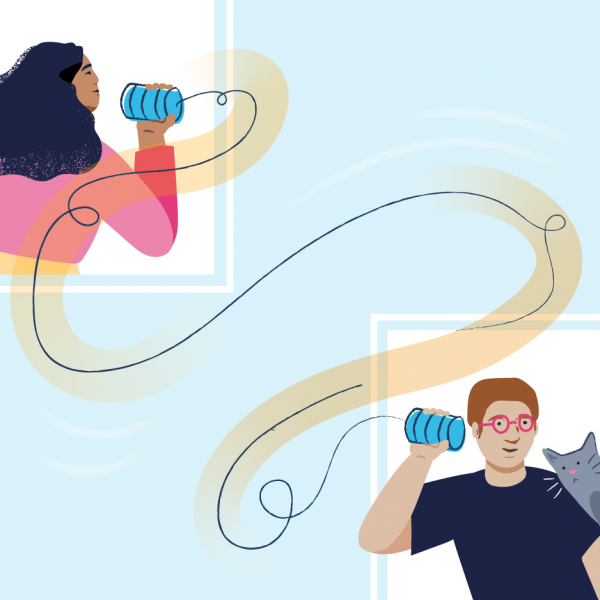The experts all agree: If you’re a campaign or organization, personalization is one of the most effective ways to engage one-on-one with the supporters on your email list. Personalization helps your emails stand out in a busy inbox and increases open rates, making it a popular and impactful strategy. But personalization does more than improve clicks — this strategy is a real way to make your digital communication with supporters as unique as your in-person conversation would be at an event!
Including information specific to individual recipients, like name, location, and donation history, reinforces that each and every one of your grassroots donors is a valued part of your team. Plus, small-dollar donors who are invested in your cause are more likely to volunteer, vote, and talk to friends and family! So developing deeper relationships with your supporters pays off in more ways than one — it is an important tool both for your group and the larger small-dollar donor movement.
Personalization might seem difficult if you’ve never done it before, but a couple simple tools will allow you to easily include personalized content in your emails. These strategies won’t just help you reach your fundraising goals — they will enable you to build authentic and individualized relationships with the grassroots donors who have chosen to support and advocate for your cause.
FIRST, A QUICK NOTE
Personalization combined with a smart email strategy, including fundraising emails and customized remarketing emails and receipts, is the best way to engage with your small-dollar donors. Although there are several great ways you can communicate with your supporters in our increasingly digital world, email is still an essential part of every digital fundraising program because it is accessible, affordable, and effective.
As long as you have an email address, you can talk directly to your small-dollar donors and ask them to invest in your cause. And unlike social media, where your messages are displayed for a broad audience, your emails go straight into individual inboxes. Personalizing small parts of your emails will put you on the path to developing unique and deep-rooted relationships with your supporters. Choosing to contribute to your cause is a personal decision — your emails should be personal too!
There are two main tools that are essential to email personalization: personalization tags and list segmentation, both of which are likely available to you through your email provider. Both are based on subscriber field data, or the information that supporters provide when they opt-in to your email list.
PERSONALIZATION TAGS
Personalization tags are small bits of code which automatically display personalized information. These will look slightly different depending on your email provider, but their basic structure includes the bit of personalized content you would like to include, plus a backup option if the recipient didn’t include that information when they signed up for your email list. Here’s an example from Campaign Monitor:

Your email provider should have a list of personalization tags for customizing different types of information, like the one above. The amount of personalization tags available to you will depend on the information you asked people to provide when they signed up for your email list. If you have already begun fundraising, you will also have opportunities for personalization based on whether a supporter has donated before or how much they have contributed in the past. If you’re new to personalization, we recommend customizing donor first names as a simple and effective first step!
Unlike more specific demographic information like age and gender, you will almost certainly have the name for everyone receiving your emails. And including a donor’s name, particularly in the subject line, will motivate them to open your email — according to Campaign Monitor, emails with personalized subject lines are 26% more likely to be opened.
To do this, simply copy and paste the personalization tag the email provider has supplied you into the subject line, and make sure to customize the backup text in case you don’t have someone’s information. The end result will look something like this:

In the case of this example, the backup text could be “Only five states left, friend!”
Including names in the subject lines of your fundraising emails lets you directly address your supporters right in their inboxes. This kind of one-on-one communication motivates small-dollar donors not only to contribute, but to advocate for your cause in other ways because they are treated as an equal member of your team. Your grassroots donors are often the people most affected by your work, so building horizontal relationships with them is essential.
LIST SEGMENTATION
List segmentation refers to the practice of splitting up your email list based on subscriber field data, including location and donation history. Like personalization tags, segments of your email list can be accessed through your email provider. You can also download segmented lists of your donors and their emails in your ActBlue Dashboard!
By sending emails to specific groups of subscribers, you can tailor content to a particular set of your donors and speak directly to them in a way that is motivating and engaging. Welcome emails are a great example — campaigns and organizations send them out only to supporters who recently opted in to their email list.

Welcome emails like the one above speak specifically to people who are new to your cause, recognizing their particular place on your team and introducing them to your story and work.
Segmenting your email list and sending your supporters information that is relevant to them is an important part of treating your donors like individuals, not ATMs. Have a group of volunteers that advocate for your campaign or organization? Send these dedicated supporters an email thanking them for their work. Notice that a particular community has stepped up for your cause? Recommend events they could attend, or send them a Tandem form that will expose them to other groups in their area. Plus, people are less likely to unsubscribe from your email list when they receive personalized emails rather than information that is over-generalized or irrelevant to them.
READY FOR THE NEXT STEP?
Although it might seem complicated at first, personalization is actually a powerful and deceivingly simple tool that ensures your emails are always unique and relevant to the small-dollar donors receiving them. Better yet, did you know ActBlue has a tool for personalizing your contribution forms? Read more about the snippet feature on our support site to take your personalization to the next level!



